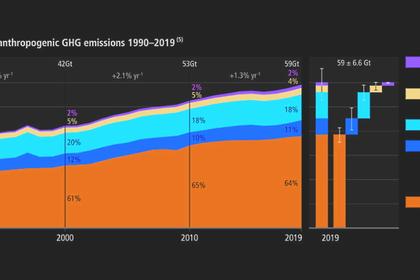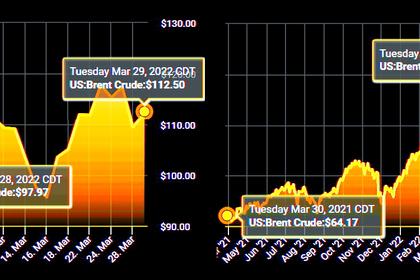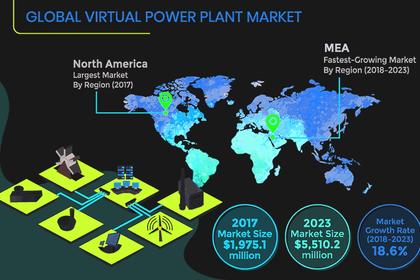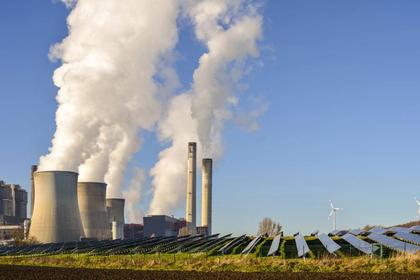
GRID BALANCING GROWTH
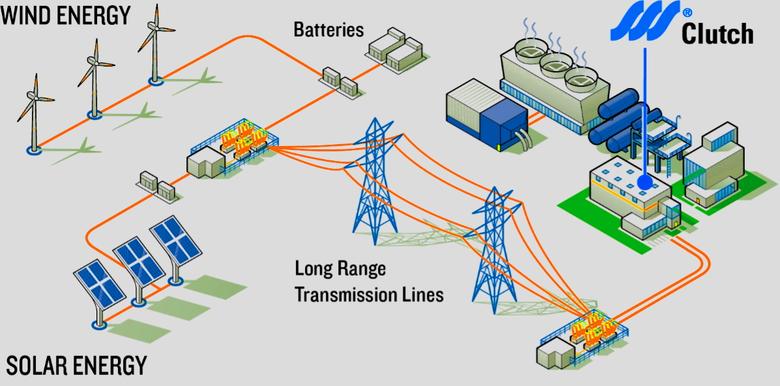
By ED REID Vice President, Marketing (Retired) / Executive Director (Retired) / President (Retired) Columbia Gas Distribution Companies / American Gas Cooling Center / Fire to Ice, Inc.
ENERGYCENTRAL - Apr 12, 2022 - The electric utility grid requires instantaneous balancing of demand and supply. Historically, most fluctuations on the grid were the result of changes in customer demand. However, as intermittent renewable sources of generation are added to the grid, changes in the output of wind and solar generation sources increase the complexity of grid balancing. A recent report by Elexon regarding grid balancing in the UK illustrates the rapid increase of grid balancing costs as the intermittent renewable fraction of generation increases. The report suggests that this trend will continue as the percentage of intermittent generation on the grid increases.
The principal source of grid balancing generation in the UK is natural gas combined-cycle generators, as it is in the US. Battery storage is currently a minor source, though it is planned to grow considerably. However, it is critical that battery storage growth exceeds the rate of reduction of capacity of the other sources of grid balancing generation, particularly natural gas generation. This is especially important because of the anticipated growth of electric demand resulting from the electrification of transportation, residential, commercial and industrial energy consumption.
As the transition from fossil generation to renewable generation proceeds, the contemporaneous transition from fossil grid balancing to storage grid balancing would increase the renewable generation capacity required to support the grid. Storage would support the grid during periods of low/no wind and solar generation, but would require the availability of renewable generating capacity in excess of the contemporaneous grid demand to recharge the storage batteries so that they are ready for the next requirement for grid balancing.
The excess generating capacity required would be a function of the duration of the grid balancing demand on storage resources and the period over which storage must be recharged. For example, the “wind drought” which affected the UK and parts of Europe in the fall of 2021 lasted for approximately 10 days. In that case, the grid balancing was accomplished with fossil generation in the UK and nuclear-generated electricity imported from France. However, in a renewable plus storage grid, the balancing generation previously provided by fossil generation would have to be replaced by withdrawals from storage. A requirement to replace the electricity drawn from storage in such a 10-day period over the following 10 days would require a doubling of renewable generating capacity, half to serve the contemporaneous demand of the grid and the other half to recharge storage, assuming no further demands on storage for grid balancing over that period.
It has been common in the US grid to maintain a 20% capacity reserve margin relative to peak demand, should one or more generators need to be taken offline for maintenance or repairs. In a renewables plus storage grid, both the renewable generation and the storage system would have to include such a capacity reserve margin. A requirement to function through a 10-day period of low/no wind and solar and to recharge storage over the succeeding 10-day period, with a 20% capacity reserve margin, would require renewable generating capacity approximately 2.4 times peak demand on the grid.
-----
This thought leadership article was originally shared with Energy Central's Grid Professionals Community Group. The communities are a place where professionals in the power industry can share, learn and connect in a collaborative environment. Join the Grid Professionals Community today and learn from others who work in the industry.
Earlier:
